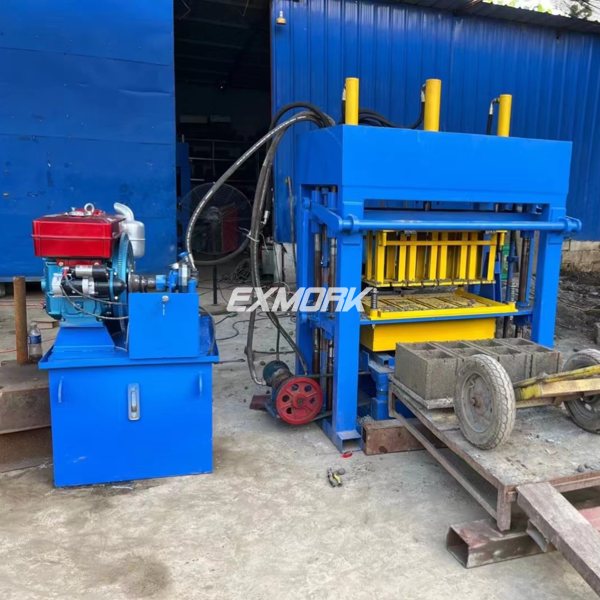
Cement bricks are a common building material used to build walls, floors, and other building structures. Here is a general method for making cement bricks:
Materials and tools:
1. Cement: Choose a suitable type of cement, such as ordinary Portland cement.
2. River sand or stone powder: Used as aggregate for cement mortar.
3. Water: Used to mix cement mortar.
4. Brick mold: You can buy ready-made brick molds or make your own.
Steps:
1. Preparation:
• Determine the number and size of cement bricks required.
• Prepare enough cement, sand, and water.
• Check that the brick mold is clean and dry.
2. Prepare mortar:
• In a large container, mix cement and river sand or stone powder in proportion. The commonly used ratio is 1:3, that is, 1 part cement and 3 parts river sand or stone powder.
• Gradually add the appropriate amount of water and stir the mixture at the same time until a uniform mortar is formed. Make sure the mortar has the right amount of moisture, not too thin or too dry.
3. Filling the mold:
• Pour the mortar into the prepared brick mold and fill the mold with a shovel or other tool.
• Use a compactor or hand to compact the mortar, making sure there are no voids inside the brick and the surface is flat.
4. Removing excess mortar:
• Scrape the top of the mold with a flat tool (such as a wooden board) to remove excess mortar.
5. Releasing and drying:
• Gently tap the side of the brick mold to help the brick release from the mold. The mold can be gently disassembled or inverted to allow the brick to slide out.
• Place the released brick in a cool and ventilated place and let it dry naturally. This may take several days, depending on the weather and humidity.
6. Curing the bricks:
• Spray water on the surface of the brick or cover it with a wet cloth to prevent the water from evaporating too quickly. This helps the brick to cure and strengthen better.
7. Completely drying and curing:
• The bricks need to be completely dried and cured during the curing period. This usually takes about 28 days to ensure that the bricks have achieved sufficient strength and stability.
• During the curing period, avoid excessive moisture or physical shock to the bricks to avoid affecting their quality and durability.
8. Cleaning and finishing:
• Once the bricks are completely dry, you can clean their surface to remove any mortar or other impurities that may remain.
• Check the quality of the bricks and finish any unevenness or flaws to ensure the consistency and appearance of the bricks.
Things to note:
• When making cement bricks, care should be taken to mix cement and mortar in the correct proportions to ensure the strength and stability of the bricks.
• Make sure the brick molds are clean and flat to obtain neat bricks.
• Pay attention to the appropriate humidity and temperature during the curing process to promote curing and strengthening.
• During the operation, pay attention to safety measures such as wearing gloves and masks to protect yourself from irritation from the materials or breathing harmful dust.
• It is best to refer to professional building guides and architects' advice to ensure that cement bricks are made according to the correct methods and specifications.
Contact: Exmork
Tel: 86-15757781695
Whatsapp: 86-15757781695
Email: exmork@exmork.com
Add: Headquarters Economic Park,Yueqing,Zhejiang,China